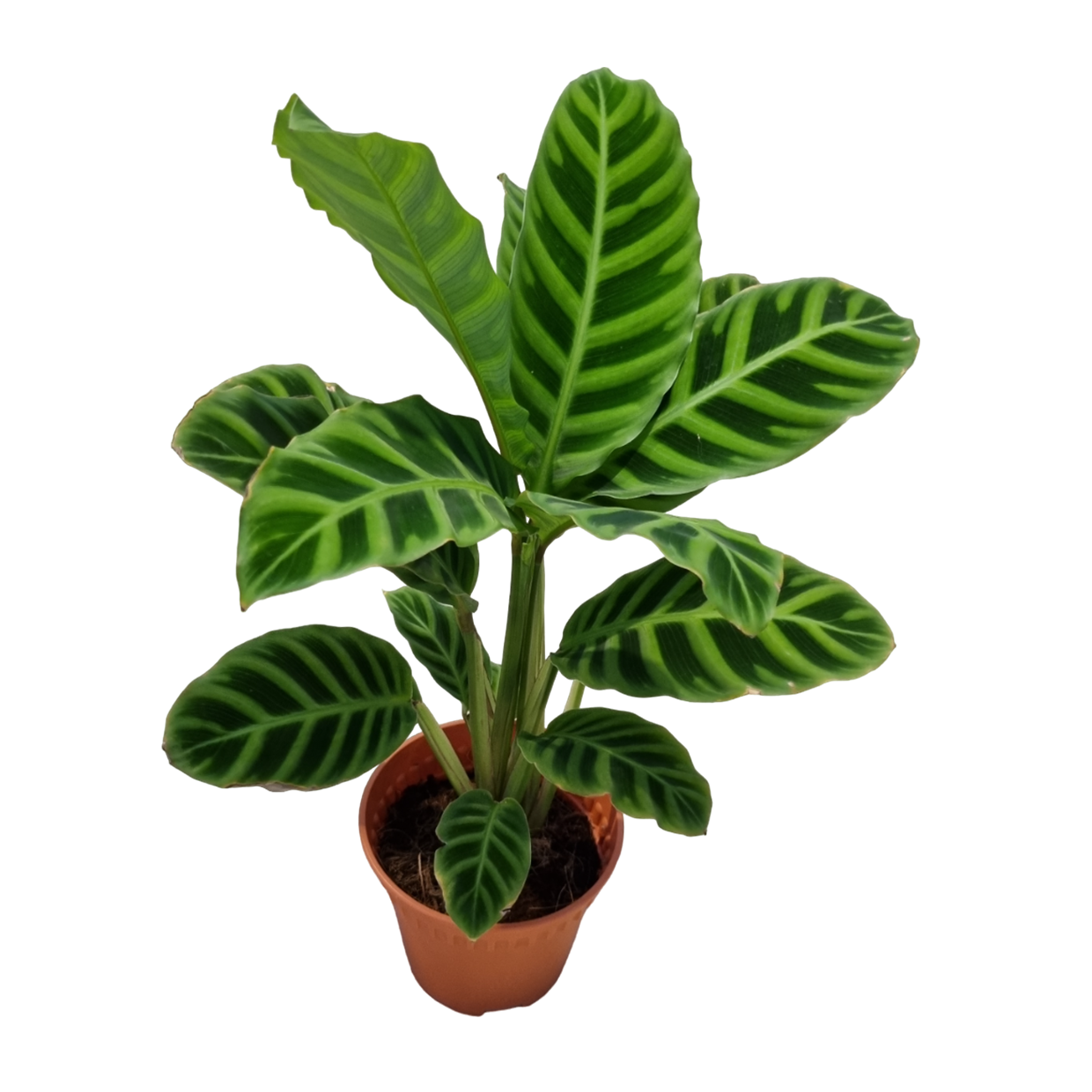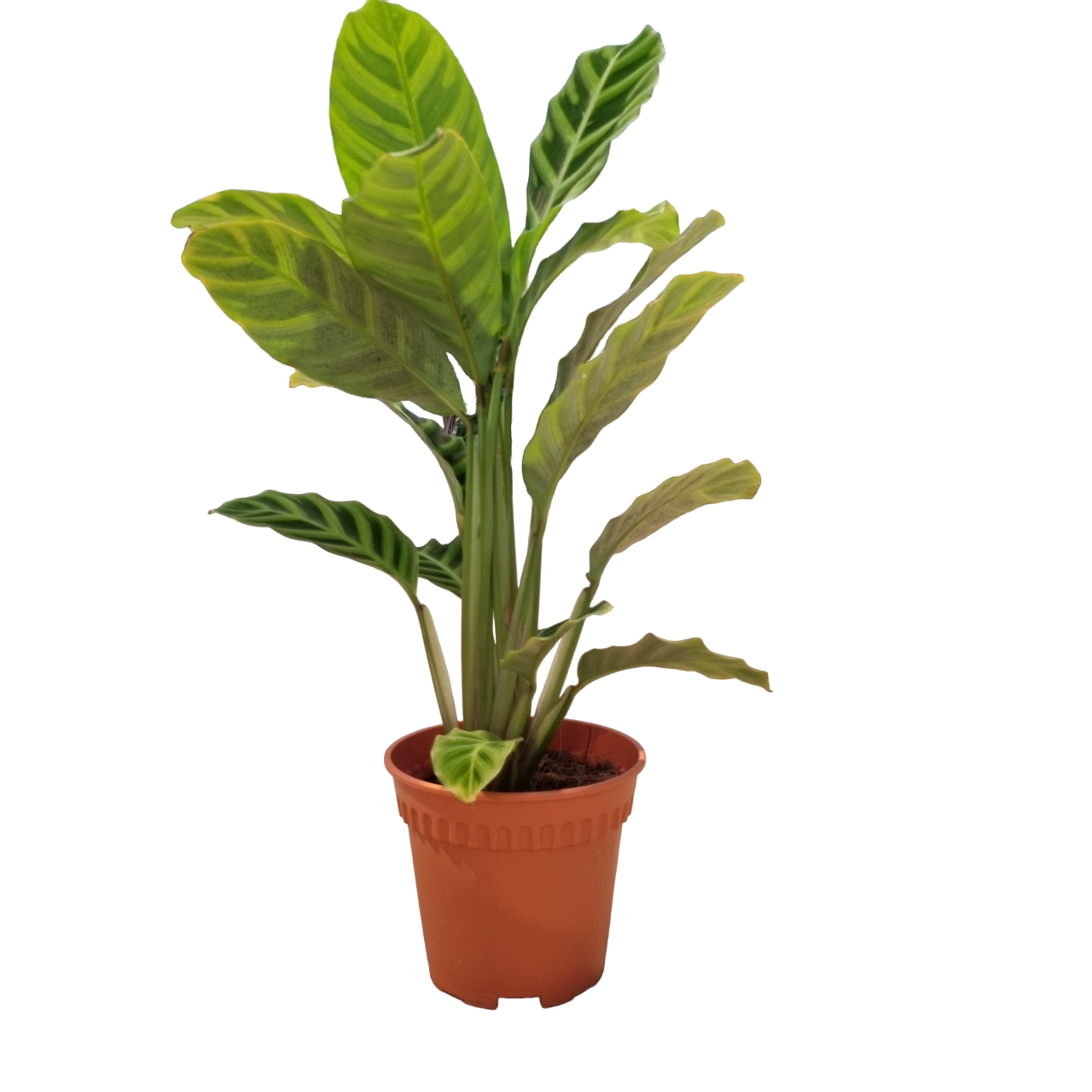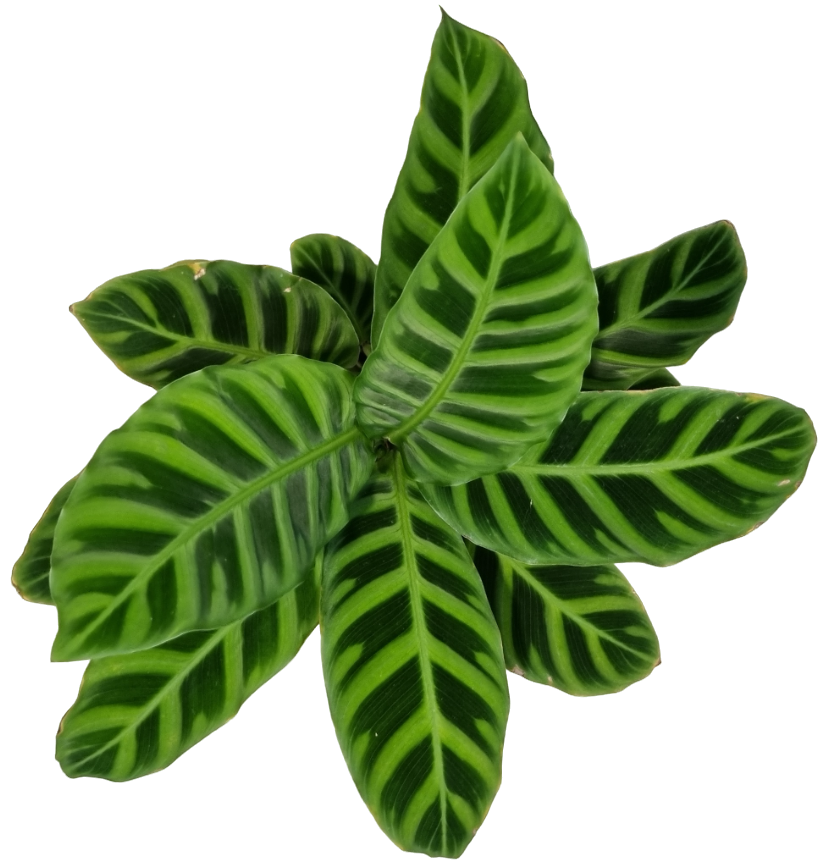- Home
- Shop
- Blog
- Happenings
- More/About
Company
Garden Centers
Information
Services
Online Stores
Company
Garden Centers
Information
FAQ
Membership
General Terms and Condition
Delivery Policy
Returns and Exchange Policy
Plant Policy
Privacy PolicyServices
Landscape Design,
Plant Rental and
DisplayOnline Stores
Lazada
Shopee
Amazon
Fairprice Online
- Home
- Shop
- Blog
- Happenings
- More/About
Company
Garden Centers
Information
Services
Online Stores
Company
Garden Centers
Information
FAQ
Membership
General Terms and Condition
Delivery Policy
Returns and Exchange Policy
Plant Policy
Privacy PolicyServices
Landscape Design,
Plant Rental and
DisplayOnline Stores
Lazada
Shopee
Amazon
Fairprice Online
World Farm
Description
Plant Care Instruction
Common Ailments
Recommended Potting Media
Fertilising
Description
Calathea zebrina, commonly known as the Zebra Plant, is a striking member of the Marantaceae family, native to the tropical rainforests of Brazil. It is known for its large, elongated leaves that feature an eye-catching pattern of dark green stripes against a lighter green background, resembling the pattern of a zebra’s coat. The undersides of the leaves are a rich purple, adding to its ornamental appeal. This ornamental plant is often grown for its striking foliage and attractive form, making it a favourite for both indoor and outdoor tropical gardens.
Plant Care Guide
Light: The Zebra Plant thrives in bright, indirect light but should be protected from direct sunlight, which can scorch its delicate leaves. It can tolerate lower light conditions, but its growth may slow down, and the vibrant patterns on its leaves may fade.
Water: Calathea zebrina prefers consistently moist soil but does not like to sit in water. Water when the top 2–3 cm of soil feels dry to the touch, ensuring that the soil remains evenly moist without becoming soggy.
Soil: This plant prefers a well-draining, rich, and slightly acidic potting mix that retains moisture but doesn’t become waterlogged. A standard potting mix with added perlite or orchid bark works well for creating the right balance of moisture retention and drainage. For outdoor planting, a loose, loamy soil mix that retains moisture without becoming soggy is ideal.
Fertilising: Feed Calathea zebrina with a balanced, water-soluble fertiliser to encourage healthy growth. Avoid over-fertilising, as this can cause leaf burn. Always ensure the plant has been watered before fertilising to prevent root damage.
Common Pests: Calathea zebrina can be prone to pests such as spider mites, aphids, mealybugs, and scale insects. These pests are often attracted to the undersides of the leaves, so it is important to regularly check for infestations. If pests are noticed, treat the plant with an insecticidal soap or neem oil solution. Additionally, humidity-loving pests like fungus gnats may appear in overly damp conditions, so avoid keeping the plant too wet.
General Care: Calathea zebrina thrives in humid conditions and benefits from occasional misting to maintain moisture around the leaves, especially in dry indoor environments. Ensure good air circulation around the plant to prevent fungal problems like powdery mildew. Regularly remove any dead or yellowing leaves to keep the plant looking fresh and healthy. As a slow-grower, Calathea zebrina does not need frequent repotting, but it will benefit from a larger pot when its roots become crowded.
Plant Care Instruction
Lighting: Bright Filtered Light
Watering: Water Moderately
Watering Frequency: When top layer of soil is dry
Common Ailments
Spider mites: These pests can cause leaves to appear stippled or yellowed, and the plant may lose its leaves. Spider mites thrive in dry conditions, so increasing humidity levels and regularly misting the plant can help prevent them..
Recommended Potting Media
Hua Hng Potting Mix (5 Ltr).
Fertilising
Powercote NPK 15+15+15+TE (450g): Every 3 Months.
Related products
-
OUT OF STOCK
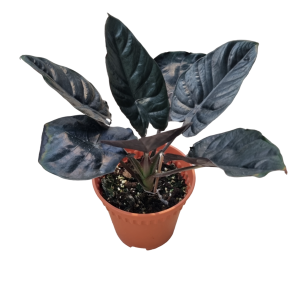
Alocasia infernalis (Black Magic) (15cm pot)
$13.32 Read more -
OUT OF STOCK
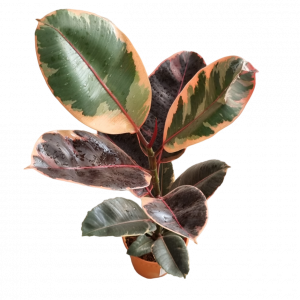
Ficus elastica Belize (15cm pot)
$8.48 Read more -
OUT OF STOCK
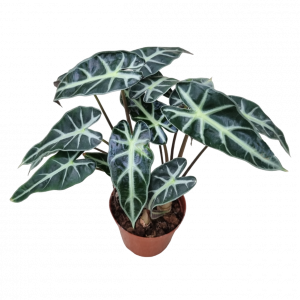
Alocasia x amazonica ‘Polly’ (Alocasia Bambino Polly) 小仙女 (12cm pot) [CN]
$8.48 Read more -
OUT OF STOCK
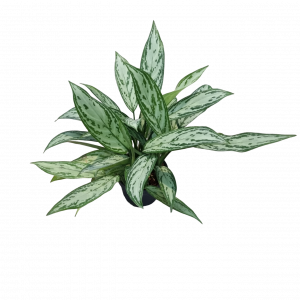
Aglaonema nitidum ‘Silver Queen’ (12cm pot)
$4.84 Read more
Services
Garden Centres
Information
Copyright © 2023 Hua Hng Trading Pte Ltd | Copyright © 2023 World Farm Pte Ltd | All Rights Reserved


